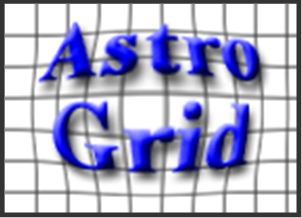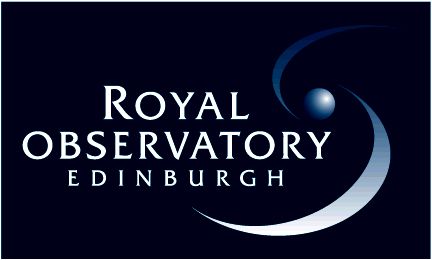|
|
Introduction.
The last thirty years will probably be seen as the Golden Age of cosmology. By a combination of scientific determination and new technology we have determined the basic cosmological parameters, and moved on to trying to understand how the stars and galaxies we see have formed over cosmic time. My involvement in this field started in the mid 1980s, measuring thousand of IRAS galaxy redshifts, then moved to the new field of submm astronomy, pushing out to the high redshift universe. I am just in the process of reviving my interest in the high-z universe, working on extremely faint radio galaxies.
Large Scale Structure.
The power spectrum of galaxy clustering on large scales is a fossil memory of early universe conditions. The IRAS satellite gave the first uniform all-sky sample of galaxies deep enough to test models. With Michael Rowan-Robinson I made the first spectroscopic survey of IRAS galaxies, and ...with a few other talents... we then carried on to complete the all-sky QDOT redshift survey. (It started life as "QCD" for QMW-Cambridge-Durham, but the Cambridge members moved to Oxford and Toronto..). Large scale structure has not really been a speciality of mine since, but I feel lucky to have tagged along in the creation of some classic papers - e.g. these by Will Saunders, George Efstathiou, Nick Kaiser, Michael Rowan-Robinson, and Carlos Frenk
Ultraluminous galaxies.
One of the most important discoveries of IRAS was the existence of a class of extremely ultraluminous IR galaxies (ULIRGs) emitting most of their energy in the far-IR, and more numerous than quasars (Lawrence et al 1986, Soifer et al 1986). I wrote or co-wrote several more papers on the spectra and morphologies of luminous IR galaxies, e.g. this, this, this, this, and this. Most authors (including me) argued that ULIRGs were huge bursts of star formation, but Sanders et al 1988 suggested that they were buried quasars, a question which is still not completely settled. This argument became critical when Tom Broadhurst, Michael Rowan-Robinson, myself and others discovered the most luminous object in the Universe at the then unprecedented ULIRG redshift of z=2.286. With a luminosity of 10**13 Lsun, IRAS F10124+4724 would need to be not just a nuclear starburst, but a whole galaxy in the process of formation. (It later turned out the F10124+4724 is lensed, so is not quite as luminous as we originally thought.) Following UV, polarisation, and X-ray studies, my own conclusion was that F101214_4724 is a composite object. There is quite a lot of evidence that quasar and starburst activity go together. Quantifying this connection is something I intend to return to with the Herschel and Spitzer selected samples I am now involved in.
IRAS F10214+4724 is the prototype of the submm galaxies. Such hyperluminous objects turn out to be surprisingly common at high redshifts. In the local universe, ULIRGs are a rare but fascinating freakshow. At high redshifts, they are most of the action...
The age of galaxy formation.
We have known for two decades that quasar activity peaked at z=2-3. One of the great advances of the late 1990s was the measurement of the overall star formation history of the Universe (Lilly et al 1996, Madau et al 1998) which seemed to peak at z=1-2. Then came the SCUBA submm surveys (eg Hughes et al 1998 including yours truly) in which we found ultraluminous objects in the range z=1-4. Such objects are much less common on the sky than Lyman break galaxies, but their enormous luminosities imply that most of the star formation at those times was going on in these mega-bursts, and by implication, that this is how a large fraction of the stars in the Universe were made. The LBG crowd have since adjusted their reddening corrections and raised the star formation rate of those optically selected galaxies, but this doesn't change the basic point, that early star formation was dominated by galaxies going BANG.
An alternative way to track star formation to large distances is through the radio emission that goes with every starburst. At bright fluxes, radio surveys see mostly AGN, but at faint fluxes the objects found look just like IRAS galaxies, and are rapidly evolving (see eg these papers with Chris Benn and Michael Rowan-Robinson). However, recent work I have been involved in with Stanford collaborators puts a worrying twist on this. To explain the recently measured Cosmic Radio Background (CRB) we argue that radio source counts must continue to extremely faint (sub-microJy) fluxes. This would mean that most of the star formation at high redshift comes not from mega-bursts, but from a very large number of very boring Milky Way type galaxies. An alternative, equally fascinating, possibility, is that huge numbers of galaxies at early epochs had radio jet activity, not matched by the normally easily recognised optical and X-ray quasar activity. (You can find a summary of this work in this seminar talk. Following up these ideas is a priority for the next few years.
|









